How to Shoot the Moon Using a DSLR: Step-by-Step Tutorial (Including Editing)
Moon photography is one of the most thrilling forms of photography as it is capable of immediately giving you a view which is unimaginable.
However, you’ve got to have the right equipment in order to get that perfect shot.
What you need
A DSLR camera (even budget ones will do).
The most important thing however is the lens. Lot of people say that any lens with a focal length of at least 200mm is fine. But that’s not true.
From my own experience, you need to use a lens with a minimum focal length of 400mm. The more the better. Because getting close to the moon is very essential if you want to get out all those craters from its surface. Otherwise it just comes out flat.
So either you need to get your hands on a super telephoto lens or use a tele-converter with a regular zoom lens. Bottom-line is that you need to get to 400mm.
The image above has been taken with a Tamron 150-600 at 600mm.
These lenses are expensive so you might want to rent one instead of buying it.
A cheaper option is to use a tele-converter which can multiply your zoom lens’ focal length. FOr example, using a 2X telelconverter will multiply the focal length by two times. So using it with a 200mm lens will give you a focal length of 400mm.
You will also need a tripod. And a sturdy one at that if you are using a big telephoto lens.
A tripod is very essential because whether you use a telephoto lens or a teleconverter enabled one, it’s bound to wobble at the slightlest of touch. And you don’t want to use a veyr high shutter speed just to counter your movement as that would mean bumping up the ISO which will mean more noise.
How to Shoot
- Now once you’re all set-up, here’s what you do.
Dial up the following settings:
Shutter speed: 1/125
Aperture: From f8 to f11.
ISO: Around 200
A lot of people will tell you to use spot metering as the moon’s surroundings are not important. That’s only important if you are absolutely sure you will not be editing the shot at all. Otherwise you can just correct exposure related problems (if any) during post processing, something I recommend you do anyway.
2. Zoom in to the maximum focal length that your lens offers.
3. Next comes focusing. First of all trying to auto-focus. Mostly your camera will be able to do this as the moon is very bright. If not, shift to manual focus and focus to infinity.
4. Depending upon the sturdiness of your tripod, you’ll find that pressing the shutter button moves the lens and it starts to wobble a bit. So here’s what you should do:
5. Before half pressing the shutter button, select the 10 second self-timer shooting mode (or use a remote if you have one) .Then half press the shutter button to lock focus and once the focus is locked, press the shutter button all the way down. Same procedure to be followed if you are using manual focus. The ten seconds your camera will take to take the shot is enough time to stabilize the camera and make sure the wobbling does not interfere when the shot is taken.
6. Preview the shot. When you zoom in, make sure you are able to see the texture on the surface on the moon clearly. Also, the moon shoot not be too dark or bright. If that’s the case, you can try to reduce shutter speed a bit or reduce the f-stop number (but not below f8). If the exposure is only slightly off, then don’t worry about it too much. You can easily correct that in post.
Editing
Editing is a must for moon shots. Here’s what I would recommend:
- Open the image in Photoshop.
- Before doing anything else, you’ll have to crop the image. I always suggest you crop so that the moon completely dominates the frame. This makes sure the viewer will see the maximum details when they see the shot. This is the reason shooting with a telephoto lens is very important.
- Now go to Image> Adjustments> Exposure and correct the exposure in case there was any issue with that.
- Finally, we need to add some sharpness to make the details on the moon pop out. You can do this by going to Filter menu and clicking on Smart Sharpen. Make sure you have created a duplicate layer first so you don’t affect the original. Smart sharpen may not be the best tool for sharpening but for beginners it works very well. Just make sure you don’t push the sharpening and radius sliders so much that it adds a lot of noise and starts to look really overdone.
So that’s it. If you have any questions regarding Moon Photography, do leave them in the comments below. I will be happy answer your queries.


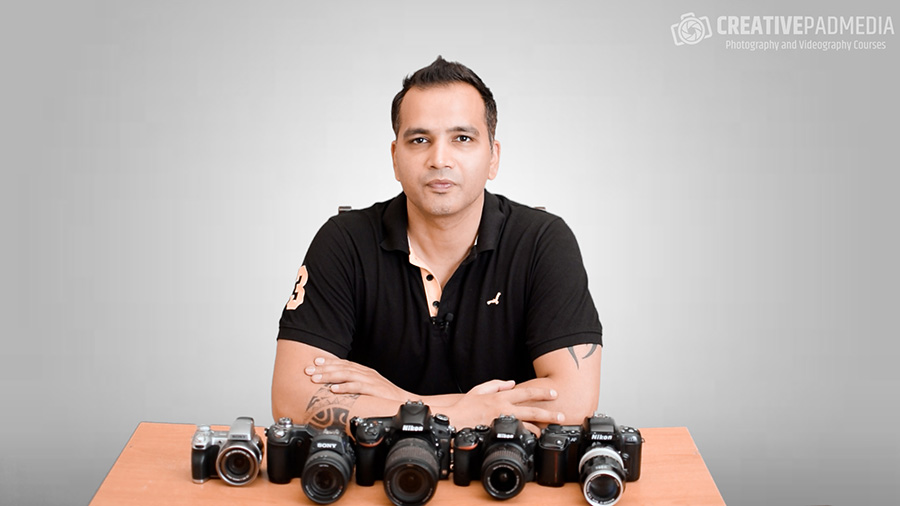
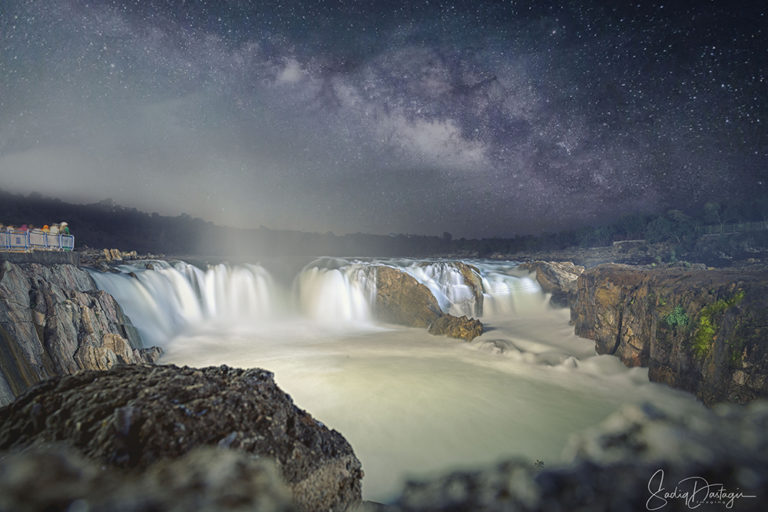
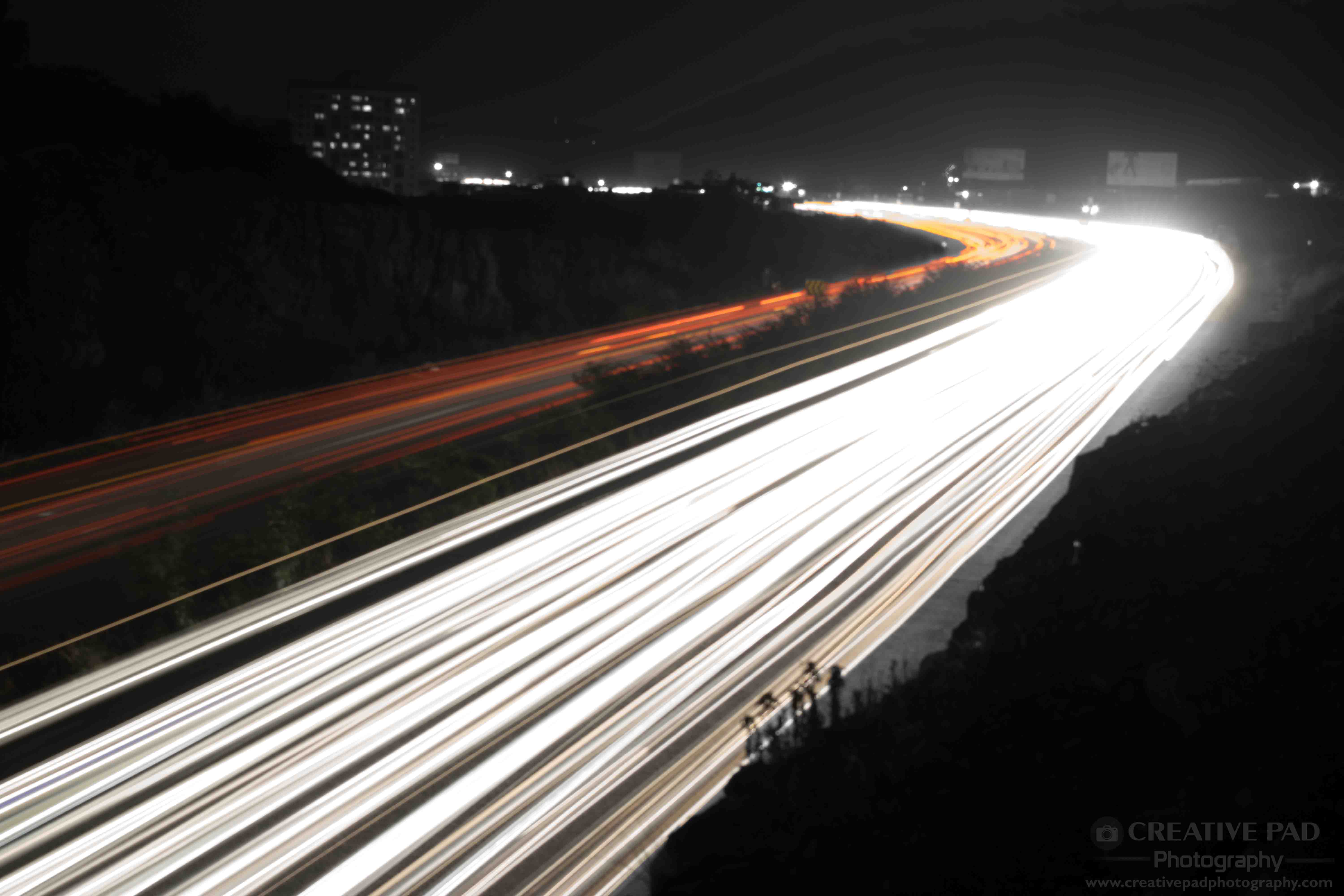
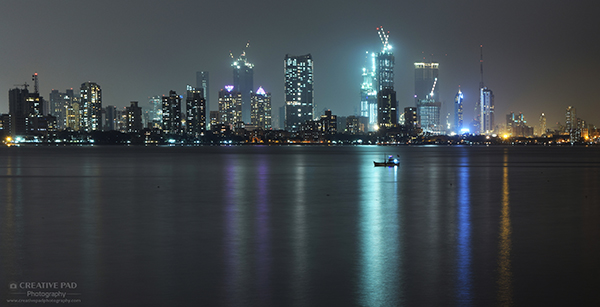
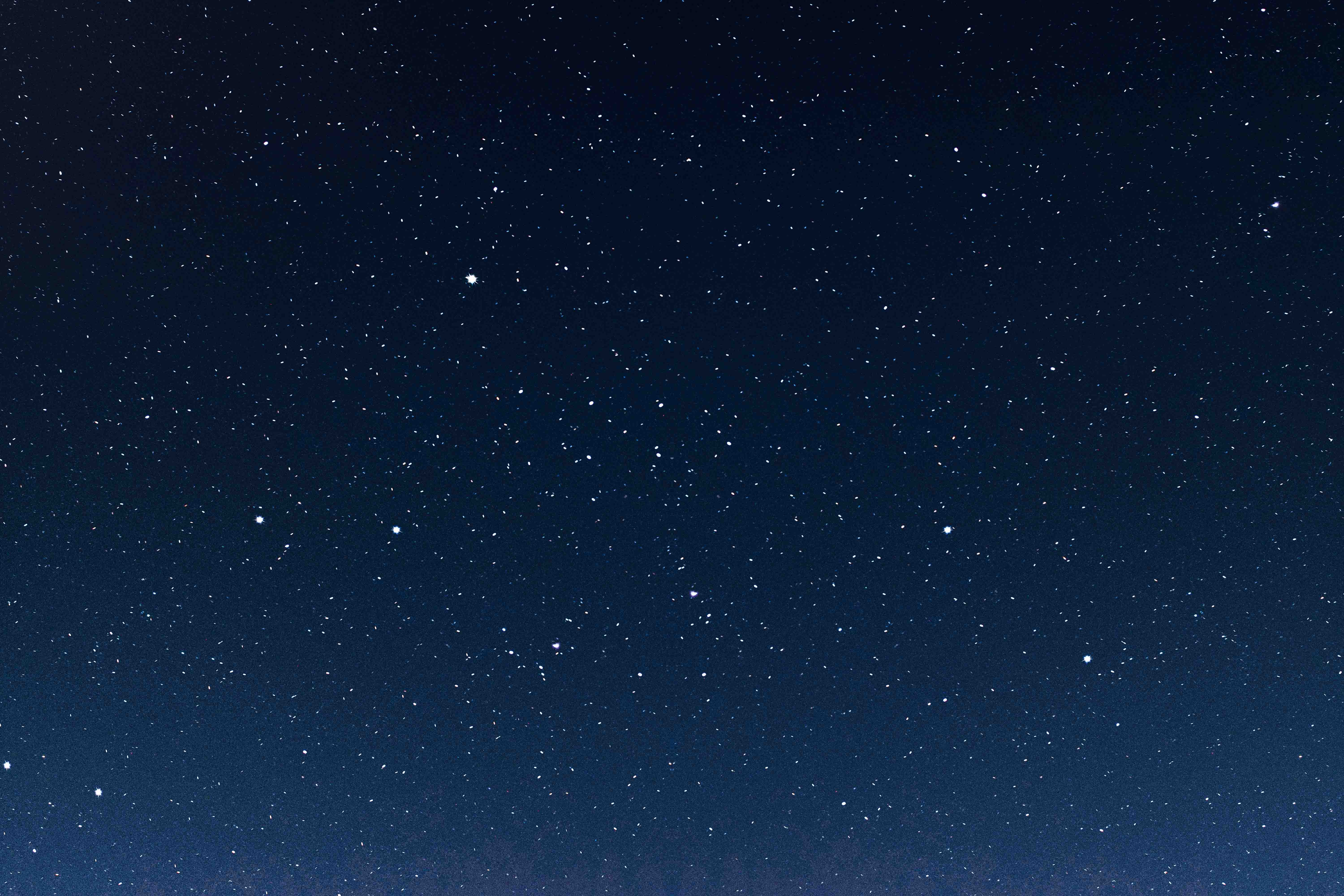
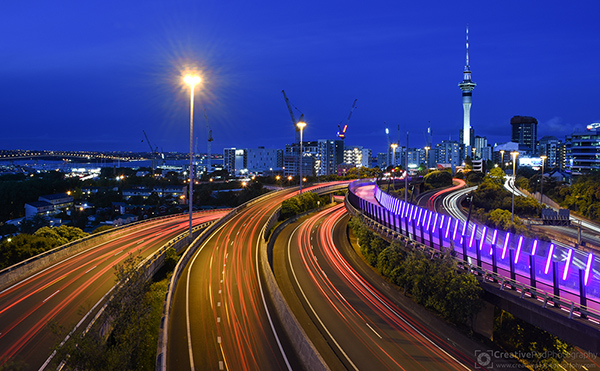
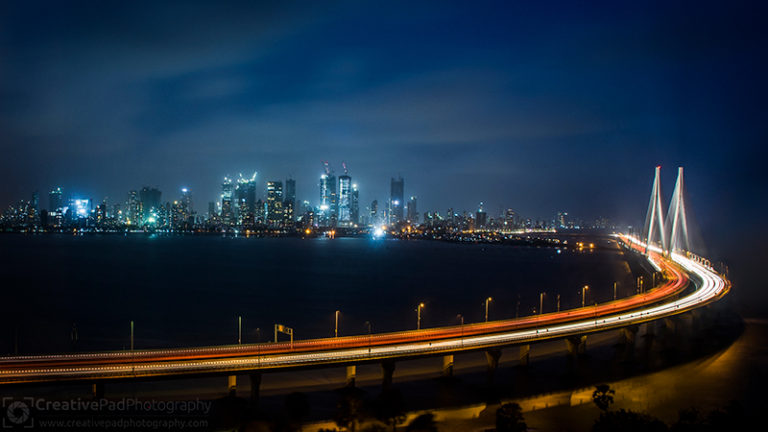
Very useful Kush…Thanks
You’re welcome 🙂
thank you kush
Thanks for the moon tutorial.
you’re welcome! 🙂
Awesome
Thank you!